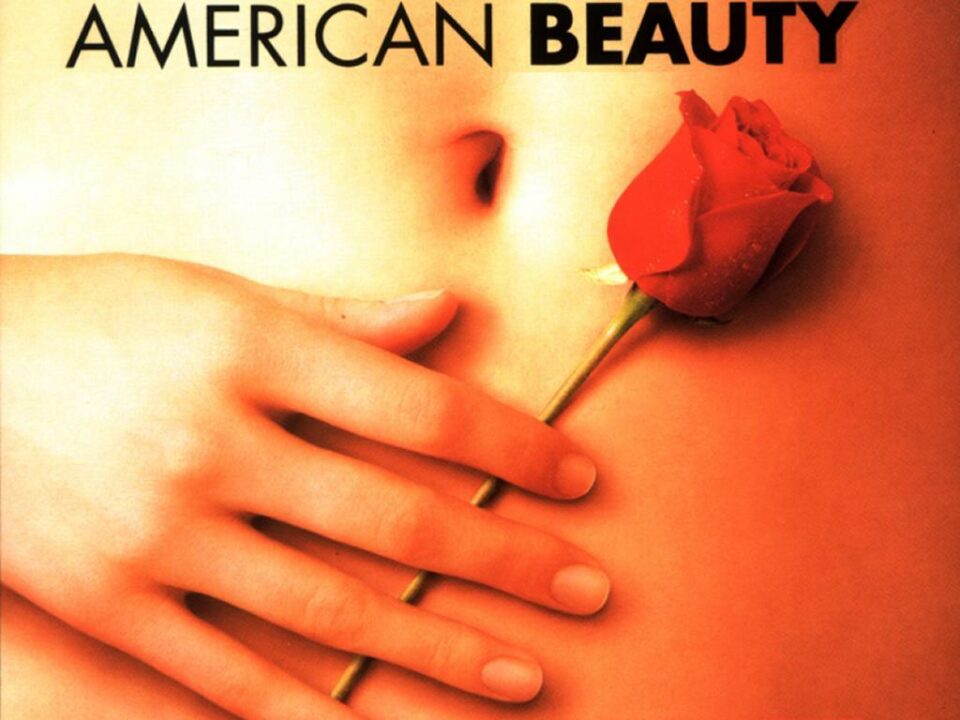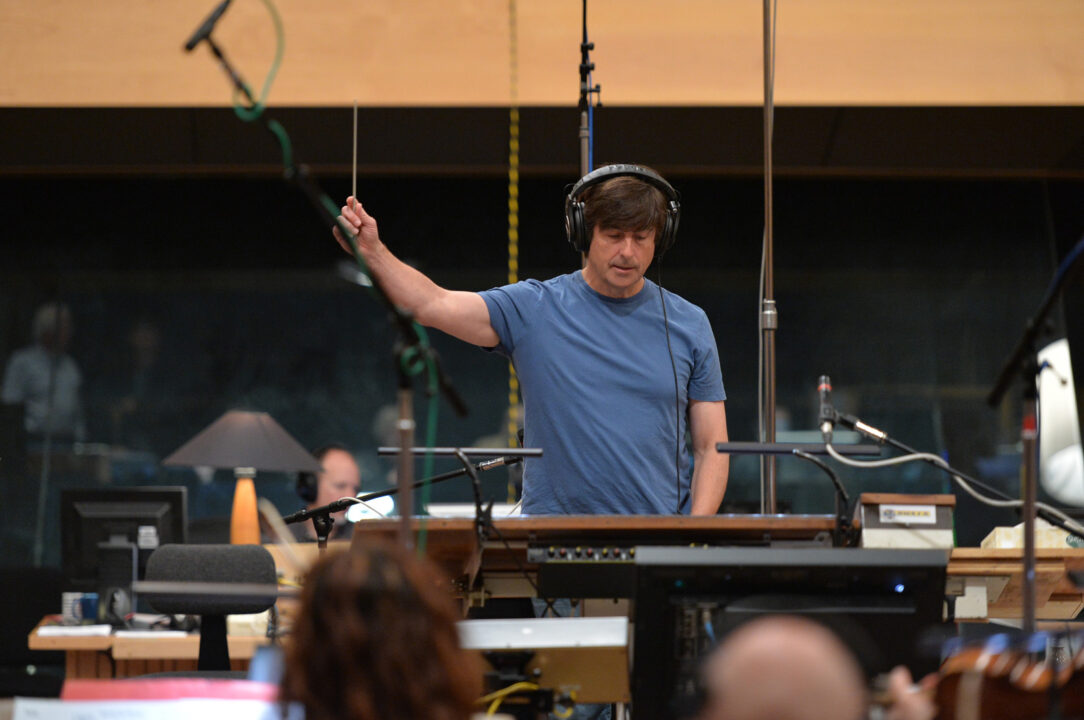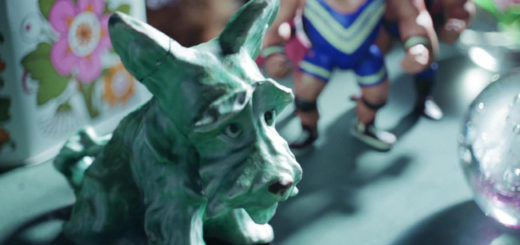Top Scores #17: American Beauty & Thomas Newman

In case you didn’t know already, American Beauty is a 1999 American drama film directed by Sam Mendes. It was considered to be the best film of the year and is a prevalent piece of pop culture history.
The film stars Kevin Spacey and his infatuation with his character’s daughter’s best friend portrayed by Mena Suvari. Annette Benning plays Lester’s (Kevin Spacey) wife and Thora Birch plays their insecure daughter. The film still remains relevant to this day through its satirical portrayal of an American middle class family and its notions of beauty and satisfaction. The film has also been acclaimed for touching on themes such as redemption, conformity and beauty, sexual repression, and for its music.
Music is crucial for the film’s structure, described as a “rhythm and repetition” driven core. And who was chosen to take on this extraordinary challenge to create this extraordinary score? None other than Thomas Newman.

Working on the score
Newman worked off of the inspiration provided by Mendes who sat down with the composer to explain his vision for the film and the role music would play in it.
Newman focused mainly on percussion instruments, to create mood and rhythm, favoring pulse and color over melody. This made for a more minimalist score compared to his other work.
Newman created each cue around little, perpetually evolving phrases- frequently, the only change being through a “diminishing of the texture for eight bars”. For example, during the two scenes where the Burnhams are sitting down to an evening meal. Each shot is broadly similar, with minor differences in object placement and body language that reflect the changed dynamic brought on by Lester’s new-found assertiveness. These minor changes in the cinematography are reflected in the soundtrack where Newman uses the unconventional technique of tapping metal blending bowls to reflect the minor, dark changes in Lester’s psyche.
Another example is during the scene in which Lester (Spacey) finds himself fantasising about Angela (Suvari) putting on a performance while watching a cheerleading chant in his daughter’s high school gym. Lester’s fixation with Angela during the scene is reflected by a slowed down mood, and symbolised by discordant music motifs that replace the diegetic instrumentalization of “On Broadway”.
The percussion instruments included tablas, bongos, cymbals, piano, xylophones, and marimbas; additionally highlighted were guitars, woodwind, and world music instruments. Newman also used electronic elements and on “quirkier” tracks utilized more unconventional techniques, for example, tapping metal bowls with a finger and playing a detuned mandolin. Newman accepted the score helped move the film along without upsetting the “moral ambiguity” of the film: “It was a genuine sensitive difficult exercise as far as what music attempted to safeguard it”.
The soundtrack features songs by Newman, and other pop icons like The Who, The Guess Who, Bill Withers, Peggy Lee, and Bob Dylan, and went on to be nominated for a Grammy Award in 1999 for Best Soundtrack Album.
Later, at the beginning of the following year, an album featuring Newman’s 19 original score tracks was released and, like it’s counterpart, won the Grammy for Best Score Soundtrack Album.
You can listen to Thomas Newman’s original motion picture score here:
And you can listen to the full American Beauty Soundtrack here:


